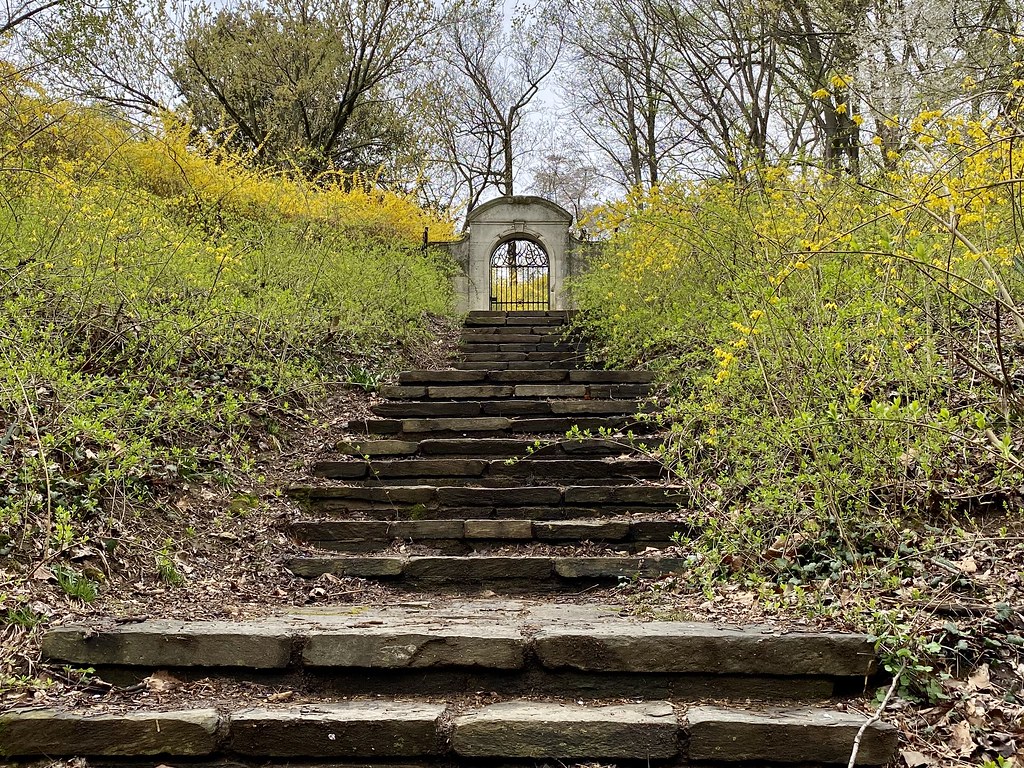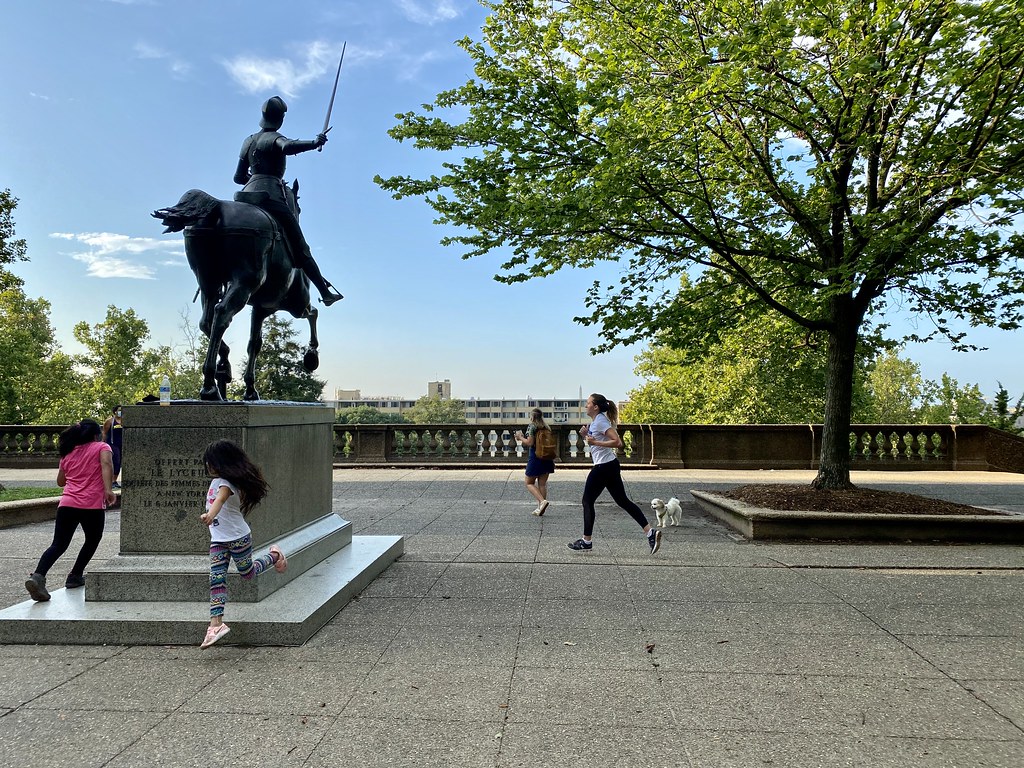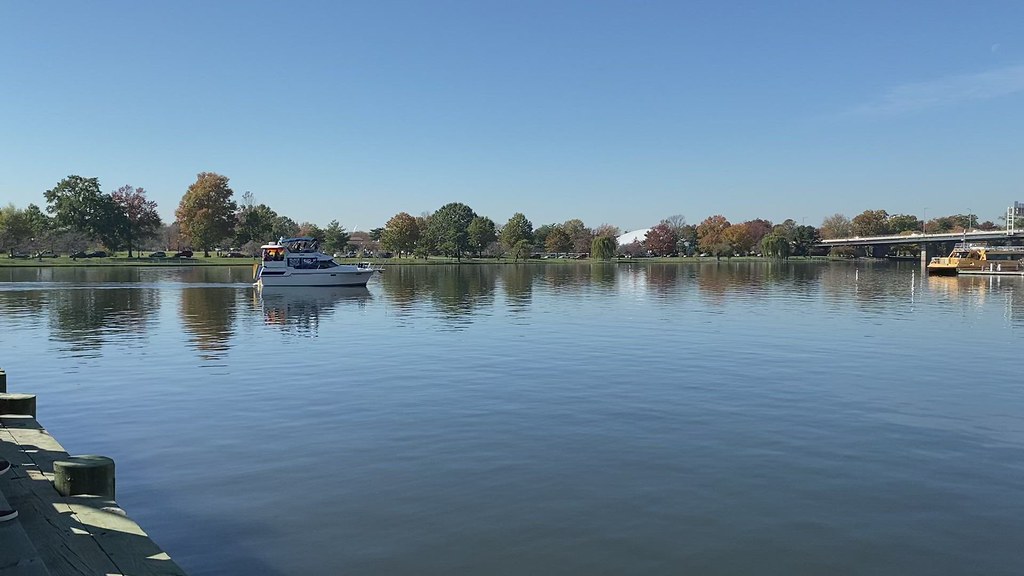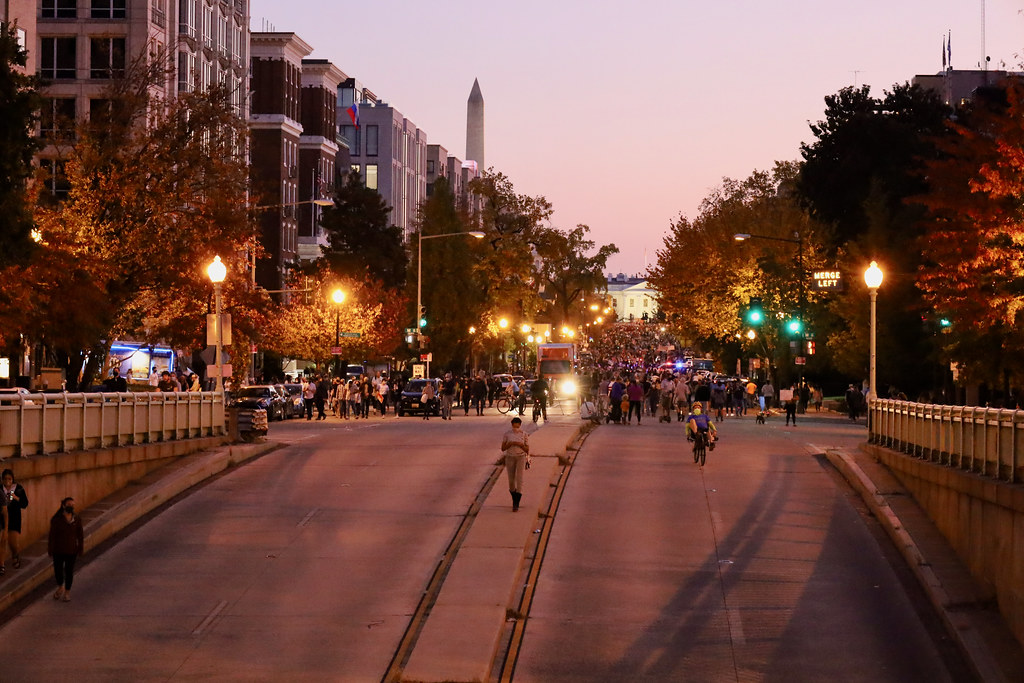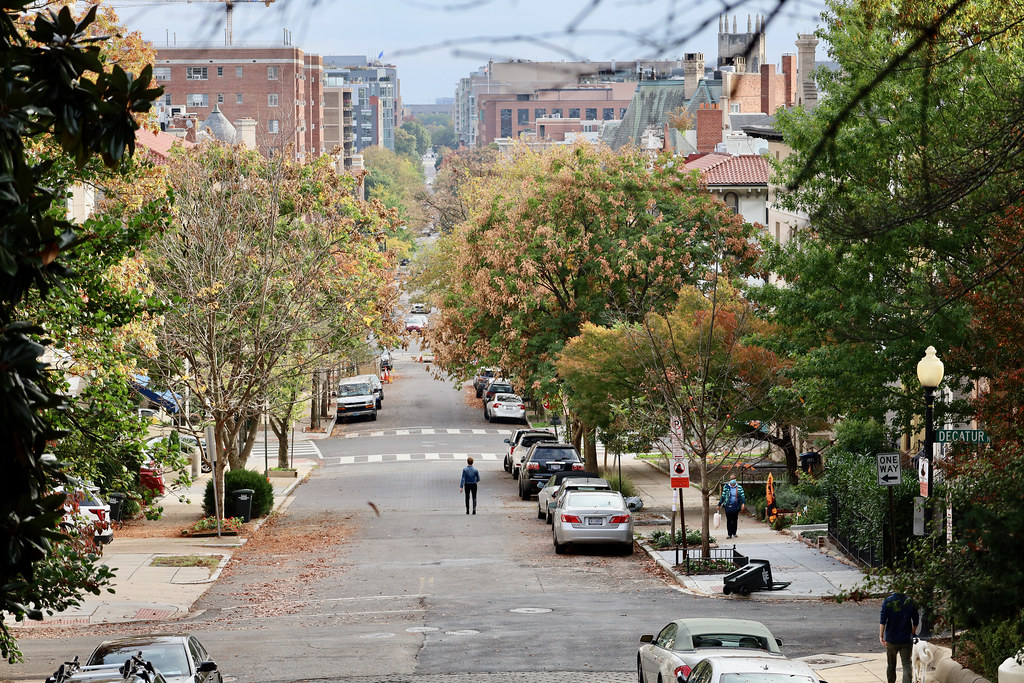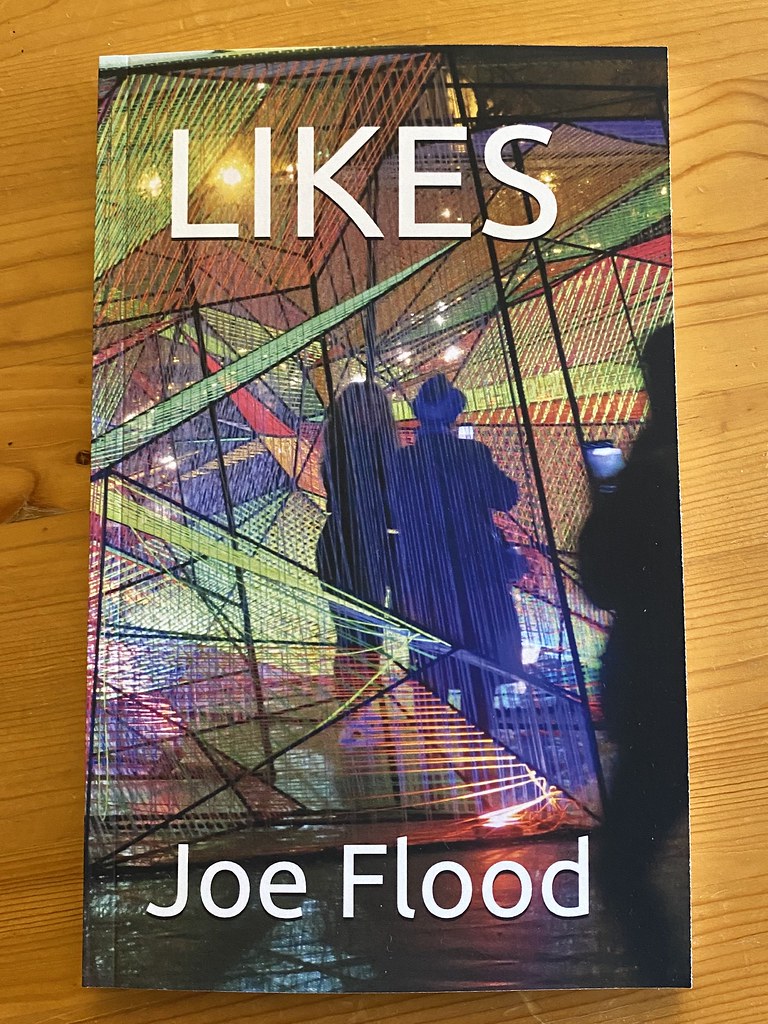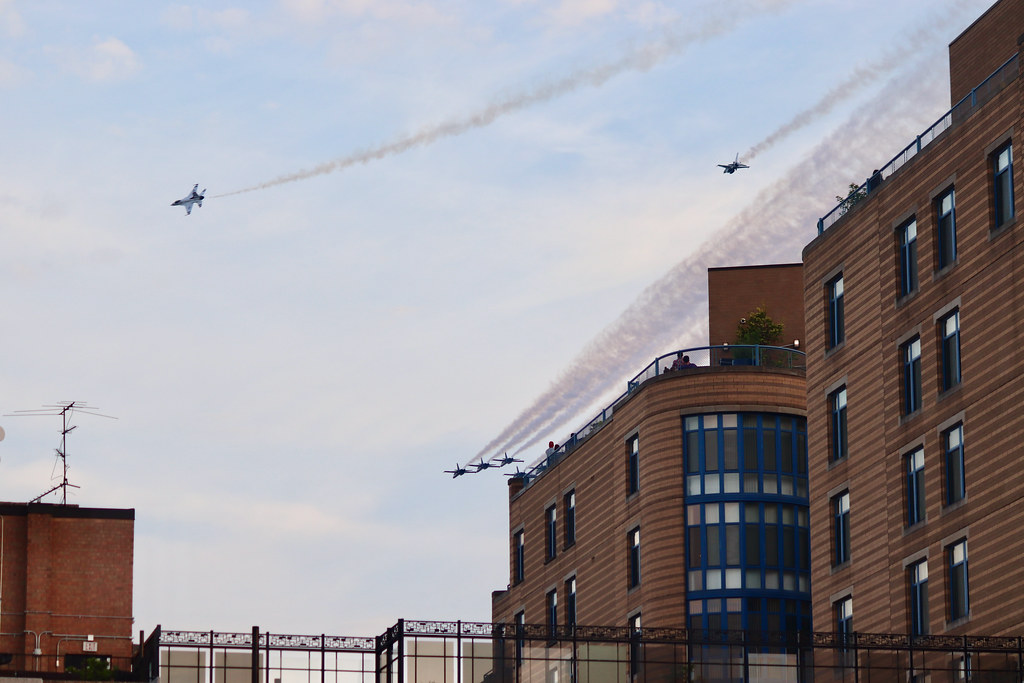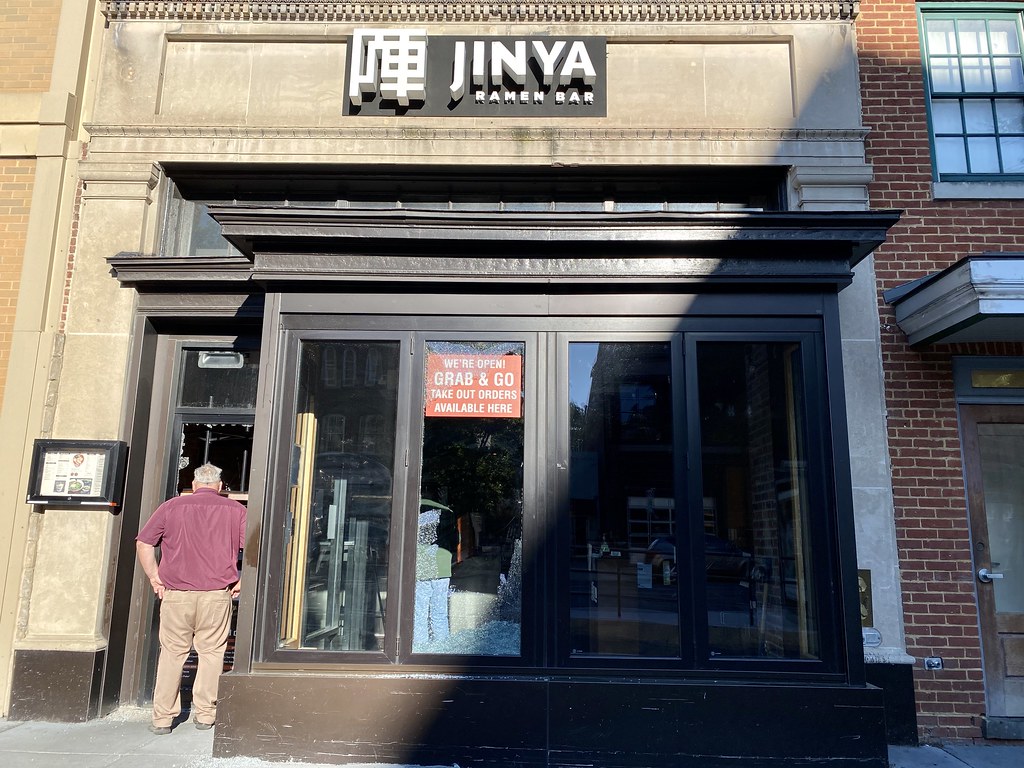I stood on the spot where four years earlier, I had watched a limousine burn.
At the time, I thought that was the craziest thing I would ever see in Washington, DC. It occurred on Inauguration Day 2017, after anarchists tossed a flare into an empty limo on K St. The police responded with flash-bangs and everyone ran. Hearing a flash-bang was also new to me.
Then came the Muslim Ban and the Family Separation Policy, where immigrant children were taken from their parents and placed in cages.
But this was not the worst crime that the Trump administration could perform. They were just getting started.
I Was Wrong
I was wrong. If I had to sum up the 2016-2020 period in American politics, I would merely say, “I was wrong.”
After Trump was elected, I told friends that Republicans would get him under control and make him a normal President. This was the right thing to do. Instead, the GOP, a party of limited government and respect for individual rights, gleefully participated in the near destruction of American democracy.
Fine people on both sides after the Charlottesville atrocity. The unhinged speech before the Boy Scouts. The constant firings and the endless lying from the press room lectern.
I have friends who come from countries with experience in dictatorships. They said I was naive in my belief in the sanctity of our institutions and for holding onto my faith in American exceptionalism.
We protested. The Women’s March. The March for Science. The Tax March. Kava-nope. The continuous nightly protests outside the White House, back when you could get close enough to see it.
The low point for me was after the first impeachment. Failure on a very dark night at the Capitol felt like I was lost in a wood that I would never escape. I wondered how I could leave this country.
They Smashed Things Up
There’s a quote from The Great Gatsby that’s applied a lot to the Trump family:
They smashed up things and creatures and then retreated back into their money or their vast carelessness, or whatever it was that kept them together, and let other people clean up the mess they had made
Tom and Daisy Buchanan at least had the decency to retreat back into their money after they smashed things up. Trump kept running over America, day after day, a new horror with every sunrise.
The Trump Twitter Presidential Library was around the corner from where I saw the limo on fire. It was a couple years later, when we could still find comedy in our tragedy. Sponsored by Comedy Central, it was a room full of crazed Trump tweets in frames and embedded into art. There was even a Trump wig that you could put on and they’d take a photo of you tweeting from the toilet, like the Commander in Tweet himself.
We did not know the horror that awaited us.
2020: Year of Horrors
2020 is a year that none of us want to remember, needing a kind of willful forgetting, like a name in a horror movie that we dare not mention.
I had an ambivalence about living in Washington, DC, because it had gotten too crowded. The bars were packed, reservations were needed for even mediocre restaurants and the brunch crowd were a drunken hazard on Sunday afternoons.
Well.
By the end of March, that was not a problem. Covid struck and the offices downtown emptied out. They are still empty, almost a year later.
The gridlock-blocked streets became so empty that I could run in them without worrying about cars. I ran up Massachusetts Avenue and into Dumbarton Oaks Park, a woody sanctuary that had become my happy place. Just me and the occasional dog walker in a forested ravine in the middle of the city.
We all learned what exponential growth meant, as coronavirus exploded through the nation, sickening millions and putting millions more out of work.
The pain that I had seen imposed upon other populations (immigrants, Muslims) now was visited upon my friends and family members.
I saw scenes which were unbelievable just a few months earlier. Protesters rioted against Trump near the White House and looters struck liquor and drug stores throughout the city, even in my neighborhood.
In response, Trump poured in military and police assets. A grab-bag of random dudes in motley uniforms appeared on street corners while helicopters circled at rooftop heights. There was a curfew and kids out protesting were kettled on Swann Street, just blocks from where I live.
The year was hardly over. Confederate statues were toppled and a giant fence was constructed around the White House. In the midst of a highly-contagious pandemic, Trump anointed himself the Republican nominee with a fireworks display over streets filled with protesters, including me.
I Love DC
Facebook “friends” said that my city was a lawless hellhole. I read that comment as I was sitting in Meridian Hill Park, as kids played around the statue of Joan of Arc and people picnicked in the grass.
All my ambivalence suddenly disappeared: I loved DC.
Trump got covid and I watched as his helicopter took him to Walter Reed for experimental treatments unavailable to ordinary Americans. The Presidential campaign began, a slog of insufferable idiocy as Biden debated a Trump spewing both disease and lies.
We won. It was not easy, but we won.
But the failed Trump administration had one final horror to unleash upon my city: an angry mob. I saw them before they sacked the Capitol, for they were staying in hotels in my neighborhood. Everyone knew that they came to fight. I watched them stream toward the Mall, armed with bats, poles, mace, body armor and helmets.
A coup of dunces, live-streamed for the world to see, is an appropriate end to the Trump administration, an action that sums up all the cruelty, stupidity and sloppiness of the man and his movement.
The Garbage Barge
Tomorrow, he will be gone. Off to Florida.
There’s a scene at the end of a Simpsons episode where escaped prisoners are sent to:
a garbage barge where you will bareknuckle-box until one of you emerges as king of your floating hell.
Palm Beach, in other words, where Trump will be lord of the disgraced, surrounded by his low-intelligence children, incompetent henchmen like Rudy Giuliani and coup enthusiasts like the MyPillow Guy, all fighting over shrinking scraps of attention and money.
Now it’s up to us to put America back together, stronger and more secure for the future.
K Street is closed to traffic now, part of the expanded Green Zone necessary after the mob attack on the Capitol. I walked to the spot where I saw the limo burning four years ago and considered everything I had seen happen in Washington, DC.
What a long, strange trip it’s been. I’m glad it’s over.




